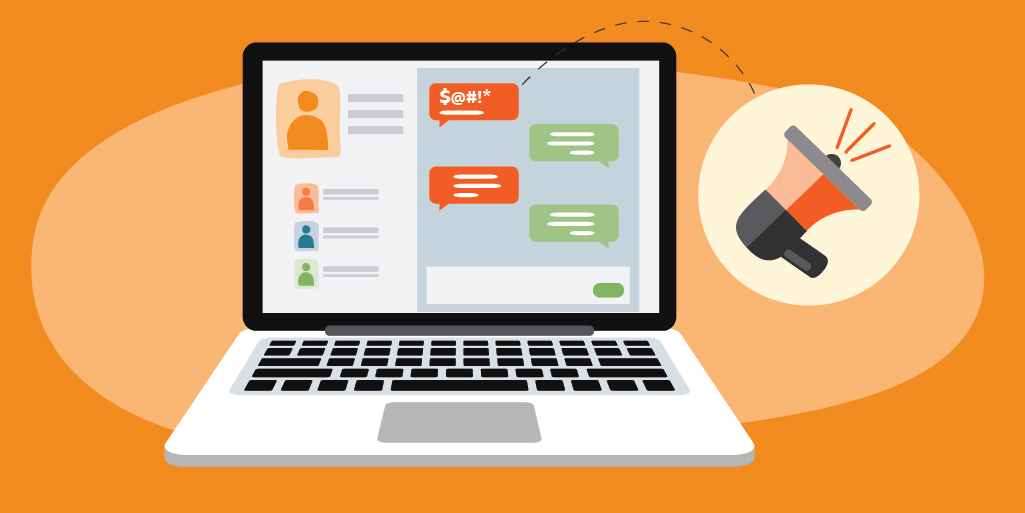
Bullying is bullying, whether in person or through the use of technology. Cyberbullying takes the act of bullying to higher levels. It used to be that when experiencing bullying a person could escape to a place of safety by removing themselves from the situation. However, through the use of electronic communications, cyberbullying has made this act more persistent and harder to avoid. The aggression is willful, repeated and harmful. The aggressor may use social media, emails and text messages to escalate the intimidation.
Cyberbullying has become a burgeoning menace. Some social media platforms will allow for anonymity, making the behavior more abusive and threatening. These forums can lead to others jumping into the fray and ganging up on the victim. The cloaking of the contributor(s) can easily cause the actions to go viral. Everyone can participate in the victimization. The potential for ongoing aggression can be limitless.
This aggression is not limited to kids. Adults who interact in this negative way can be subjected to legal implications involving harassment or cyberstalking.
Cyberbullying Tactics
- Posting mean or hurtful photos or videos
- Posting comments that are mean or embarrassing
- Faking a person’s identity in order to post personal or false information
- Threats to hurt someone or encourage self-harm or suicide
- Posting personal information such as address, email address, social media links
How to react to cyberbullying
If you witness this kind of abuse, you can take action by NOT taking action. In other words, don’t join in. If you know the perpetrator and/or victim, reach out to assist. Ask the perpetrator to stop. Support the victim. If you are the prey, you can ask the attacker to stop. Document and report the activity to an adult, school or law enforcement. If social media platforms are involved you can report the abuse to them as well.
Effects of cyberbullying
These actions can be devastating to the recipient. The victim may experience depression, anxiety and suicidal tendencies. Recognize an individual’s change in behaviors in order to ascertain whether they are experiencing some form of bullying.
Parents and educators should discuss digital behaviors and how it affects their online reputation. Model positive and respectful behavior.
Resources
Instagram rolls out new features to help prevent cyberbullying
StopBullying.gov
KidsHealth:cyberbullying
